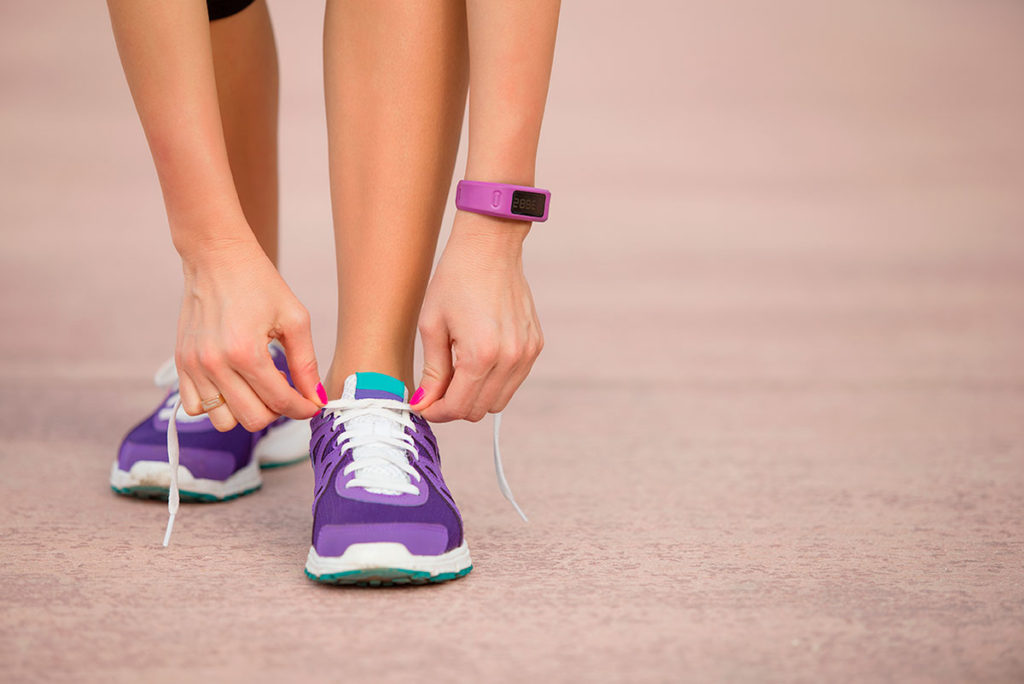
Are Wearable Activity Trackers Accurate?
According to Business Insider, 3.3 million wearable sports and activity trackers were sold in the United States between April 2013 and March 2014. Fit tech’s popularity notwithstanding, are these devices accurate? Recently, researchers in the department of kinesiology at Iowa State University decided to find out.
The goal of the study, published in Medicine & Science in Sports & Exercise (doi: 10.1249/MSS.0000000000000727), was to determine whether various activity tracking devices correctly estimated caloric expenditure during three protocols. Fifty-two individuals, aged 18–65, were recruited to complete 20 minutes of sedentary activity (reading a book, for example) and 25 minutes of both cardiovascular exercise and resistance training. Each participant wore five wrist devices (Fitbit Flex, Jawbone® UP®24, MisfitTM ShineTM, Nike+FuelBand SE, Polar® Loop) and two “research monitors” (ActiGraph® GT3X+ and BodyMedia CORE). Researchers then compared the data with those obtained by the OxyconTM Mobile, which measures the metabolic response to exercise.
Misfit Shine emerged as the least accurate of all devices, with an error rate of 30.4%. BodyMedia CORE provided the greatest accuracy, with a 15.3% error rate. Fitbit Flex, Jawbone UP 24 and Nike+FuelBand SE also provided fairly accurate data. However, when looking at specific activities, the researchers found that many of the tracking devices had the greatest margin of error during the resistance training protocol. They were much more accurate at estimating caloric expenditure during sedentary activity and cardiovascular exercise.